So we did! Not during the most recent heat wave, but back when my kids were little, and the thermometer was stuck above 100 degrees for way too many days in a row, we proved that we could fry an egg outside. Here’s how we did it:
I placed my cast iron griddle in a spot that would remain sunny all day and left it there for at least an hour to get good and hot before starting the egg. The black iron really absorbs a lot of heat — science discussion #1. Then I smeared a little butter on the hot surface (to keep the egg from sticking and creating a bigger mess) and broke the egg onto the melted butter — this step was very undramatic, with no sizzling or crackling like you would expect to hear when frying an egg on the stove — science discussion #2. I placed a glass lid over the egg to help trap the solar heat (and keep any bugs away from our egg) — science discussions #3 & #4. Then we got busy and did other things for several hours, trying to keep cool while our little egg enjoyed its sauna — science discussion #5 was about the moisture inside the glass lid. We checked on the egg about once each hour, and if I remember correctly, I think it took about 4 hours for the white of the egg to appear cooked and, well, white. Then we posed for pictures. Notice that 1) there is proof of the temperature on the thermometer in the shady background, 2) my little guy snatched the eggshell off the plate just before I snapped the photo, and 3) a Pound Puppy is maintaining a safe distance from that hot griddle atop my daughter’s head.
Based on my son’s age here, this photo was taken in the summer of 1987! My now-adult daughter reminded me of this photo and suggested I post it now so that you can try frying an egg outside as a hot summer day activity and have a few brief scientific discussions of your own. Please don’t try to eat the egg after it’s spent so much time in the sun — no one wants food poisoning as their next summer day activity — science discussion #6!
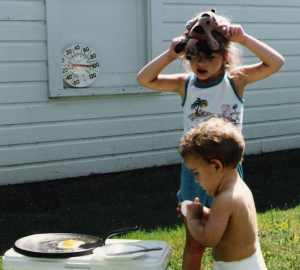
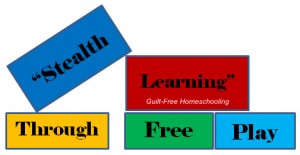
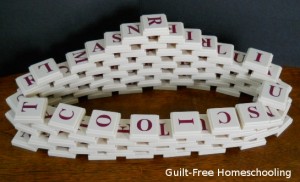
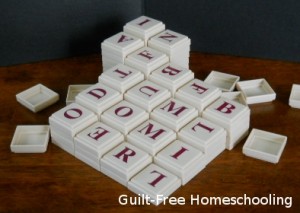
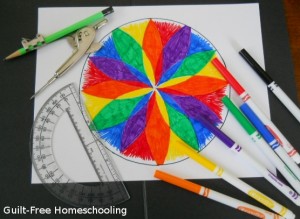
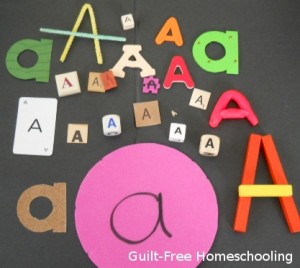
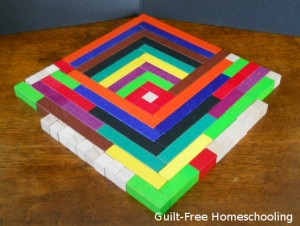
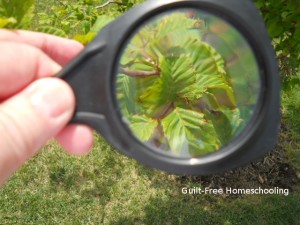
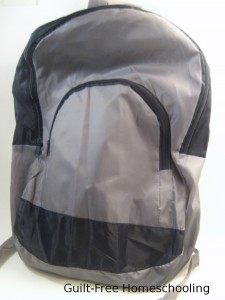
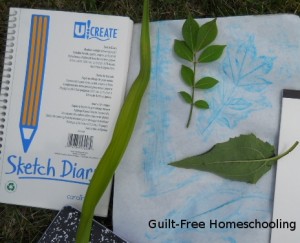
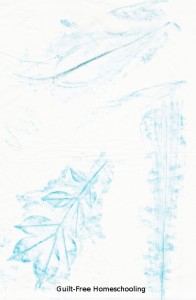
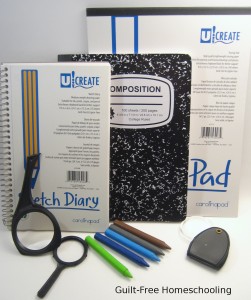
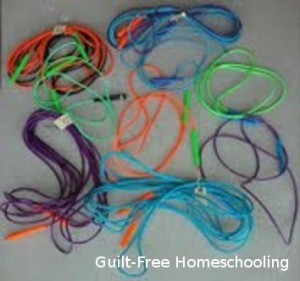
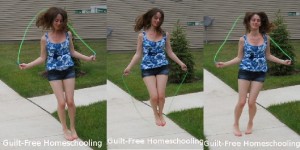
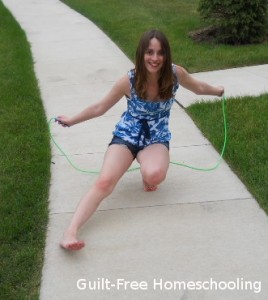
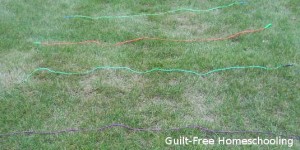
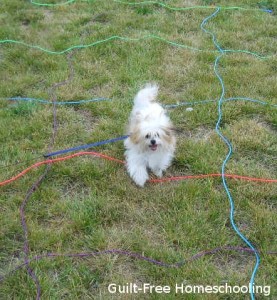
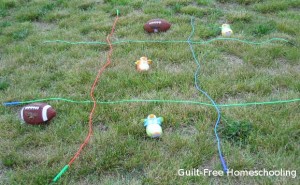
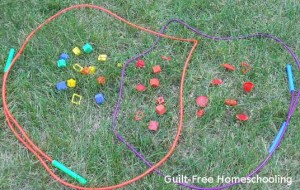
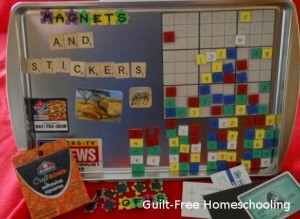
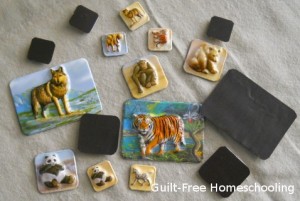
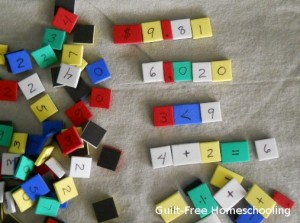
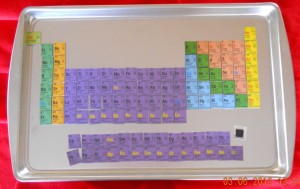
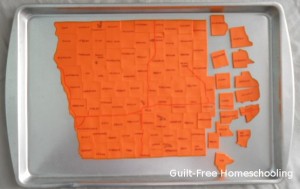
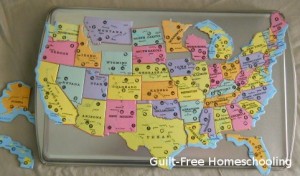
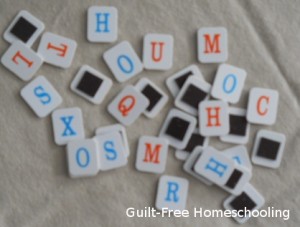

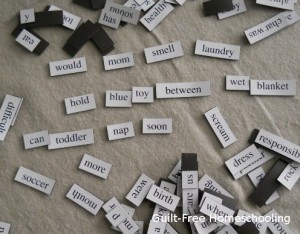

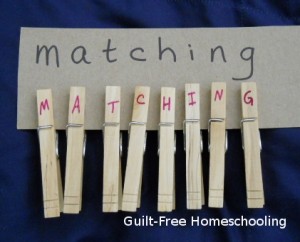

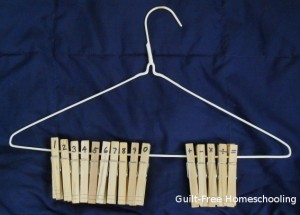

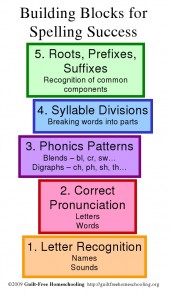


 Guilt-Free Homeschooling is the creation of Carolyn Morrison and her daughter, Jennifer Leonhard. After serious disappointments with public school, Carolyn spent the next 11 years homeschooling her two children, from elementary to high school graduation and college admission. Refusing to force new homeschooling families to re-invent the wheel, Carolyn and Jennifer now share their encouragement, support, tips, and tricks, filling their blog with "all the answers we were looking for as a new-to-homeschooling family" and making this website a valuable resource for parents, not just a daily journal. Guilt-Free Homeschooling -- Equipping Parents for Homeschooling Success!
Guilt-Free Homeschooling is the creation of Carolyn Morrison and her daughter, Jennifer Leonhard. After serious disappointments with public school, Carolyn spent the next 11 years homeschooling her two children, from elementary to high school graduation and college admission. Refusing to force new homeschooling families to re-invent the wheel, Carolyn and Jennifer now share their encouragement, support, tips, and tricks, filling their blog with "all the answers we were looking for as a new-to-homeschooling family" and making this website a valuable resource for parents, not just a daily journal. Guilt-Free Homeschooling -- Equipping Parents for Homeschooling Success!

Recent Comments